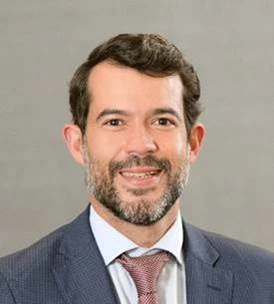
The continued social and economic development of the Miombo countries has called the future of the woodlands into question. The current situation is unsustainable. In order to avoid further environmental degradation, issues such as landscape restoration, climate change adaptation, payment for ecosystem services and Reducing Emissions from deforestation and forest degradation (REDD+), sustainable forest management, and forest governance need to be discussed and acted upon. To meet this challenge, the Miombo Network was relaunched in 2013 to promote knowledge and information sharing among the countries of the Miombo and other international forest conservation organizations. The Network also serves as a platform to update the member countries’ science plans and build capacity for influencing policymakers in their home governments.
This year, I participated in the 2016 Miombo Network workshop, hosted by Mozambique’s University Eduardo Mondlane from July 27 to July 29. Entitled “Restoring Socio-Ecological and Socio-Economic Relationships in the Miombo Woodlands,” the workshop was jointly organized by the World Bank Group (WBG), the International Union for Conservation of Nature (IUCN), the Global Observation of Forest and Land Cover Dynamics (GOFC-GOLD), the Global Change System for Analysis, Research & Training (START), and The Program on Forests (PROFOR).
The workshop drew over 90 participants from eight African countries—South Africa, Zimbabwe, Zambia, Tanzania, Malawi, Mozambique, Namibia, and Kenya—as well as from the United States, the United Kingdom, Portugal, Finland, and Brazil. The participants represented a diverse cross-section of governments at the national and subnational level, non-governmental organizations, the private sector, and academia.
Among the highlights of the conference were the insights into climate change and restoration of the Miombo woodlands from keynote speakers Erick Fernandes, Advisor for the Agricultural Global Practice at the WBG, and Mirjam Kuzee, Forest Landscape Restoration Assessment Coordinator at the IUCN. Kuzee presented the Restoration Opportunities Assessment Methodology (ROAM), a framework that assists land managers and policymakers to identify forest restoration opportunities that are politically, socially, economically, and ecologically feasible and desirable. ROAM not only helps countries honor their national and international commitments, it includes a number of components useful for their Forest Landscape Restoration (FLR), for example, on cross-sectoral stakeholder engagement, gender mainstreaming, and identification and development of social incentives.
Workshop participants boiled down the key priorities and challenges of forest sustainability as follows:
- Political will on the part of government officials is crucial to addressing Miombo’s deforestation.
- Applied research and strategic communication also have an important role to play to bridge the gap between the data generated on the Miombo and the information that policymakers use to make decisions.
- The Miombo Network can act as a platform for encouraging more fluid dialogue between researchers and government officials.
- The Network should prioritize research on the reliance of local populations on forest resources; the monitoring of forest environmental services related to water, carbon, and biodiversity; and the use of remote sensors and models that capture deforestation and land-use dynamics to inform decision-making.
The workshop in Maputo captured the promise and challenges facing the Miombo Network’s efforts. On the one hand, the Network organized an enlightening meeting for regional champions who share the common goals of forest conservation and land restoration. Yet, on the other hand, it is up to each country to apply what was learned to its own context and to build on the partnerships fostered by the Miombo Network. Only then will the solutions discussed in Maputo will reach beyond the three-day workshop.


Join the Conversation